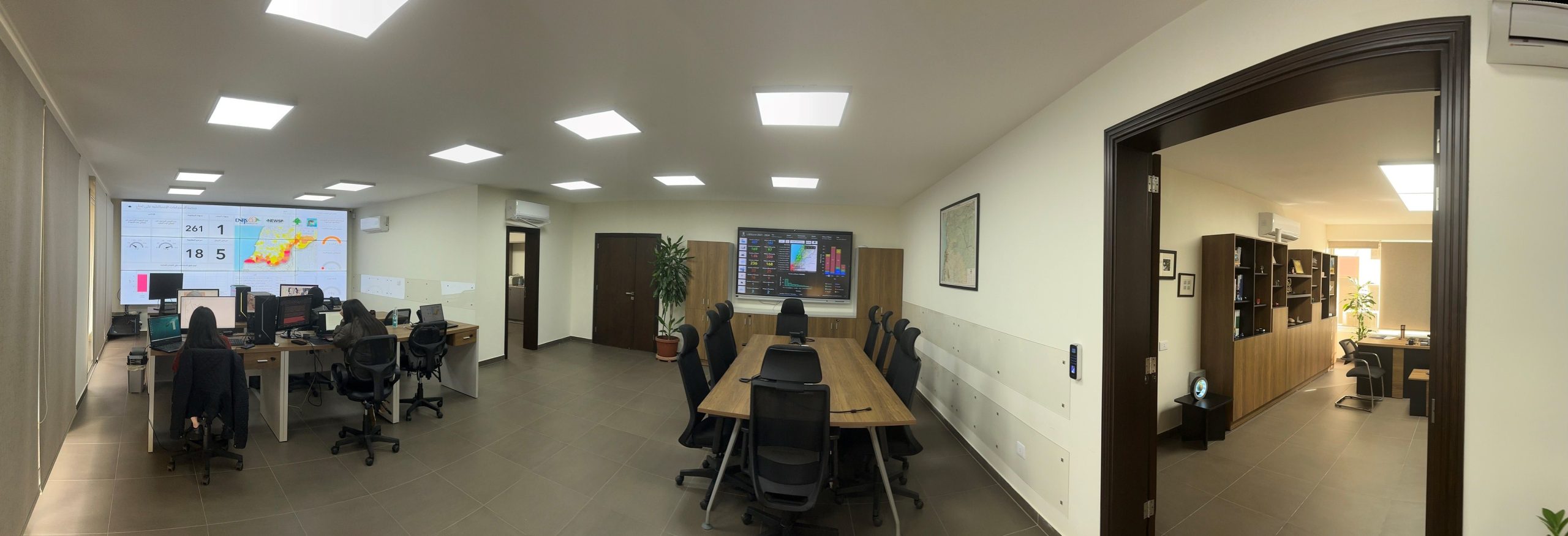Who We Are
The National Early Warning System Platform (NEWSP) was established in 2015 (SUNAR) as part of the National Council for Scientific Research in Lebanon (CNRS-L) through funding from the World Bank. It englobes both Natural Hazards (Floods, Landslides, Erosion, Drought, Forest Fires, Extreme Weather Events, etc.) and Man-Made Hazards (Air and Water Pollution, etc.).
This platform is directly connected to the Disaster Risk Management Unit (DRMU) at the Grand Serail and at the operation rooms in the Lebanese governorates via various communication tools, providing decision-makers with relevant information in a timely manner before, during and after any disaster.
The EWSP incorporates the major component of EWS, including risk knowledge, monitoring, and warning services, as well as dissemination and communication, to effectively mitigate the impact of natural hazards.
The platform monitors resources and predict imminent natural hazards in Lebanon through applications and digital modeling of satellite imagery, directly accessed 24/7 from satellites via a receiving station at the council. Also, it includes a large database that allows decision-makers to automatically inquire about critical infrastructure and sensitive facilities, including schools, universities, hospitals, and factories that are at risk or will be at risk.
This platform is directly connected to the Disaster Risk Management Unit (DRMU) at the Grand Serail and at the operation rooms in the Lebanese governorates via various communication tools, providing decision-makers with relevant information in a timely manner before, during and after any disaster.
The EWSP incorporates the major component of EWS, including risk knowledge, monitoring, and warning services, as well as dissemination and communication, to effectively mitigate the impact of natural hazards.
The platform monitors resources and predict imminent natural hazards in Lebanon through applications and digital modeling of satellite imagery, directly accessed 24/7 from satellites via a receiving station at the council. Also, it includes a large database that allows decision-makers to automatically inquire about critical infrastructure and sensitive facilities, including schools, universities, hospitals, and factories that are at risk or will be at risk.

